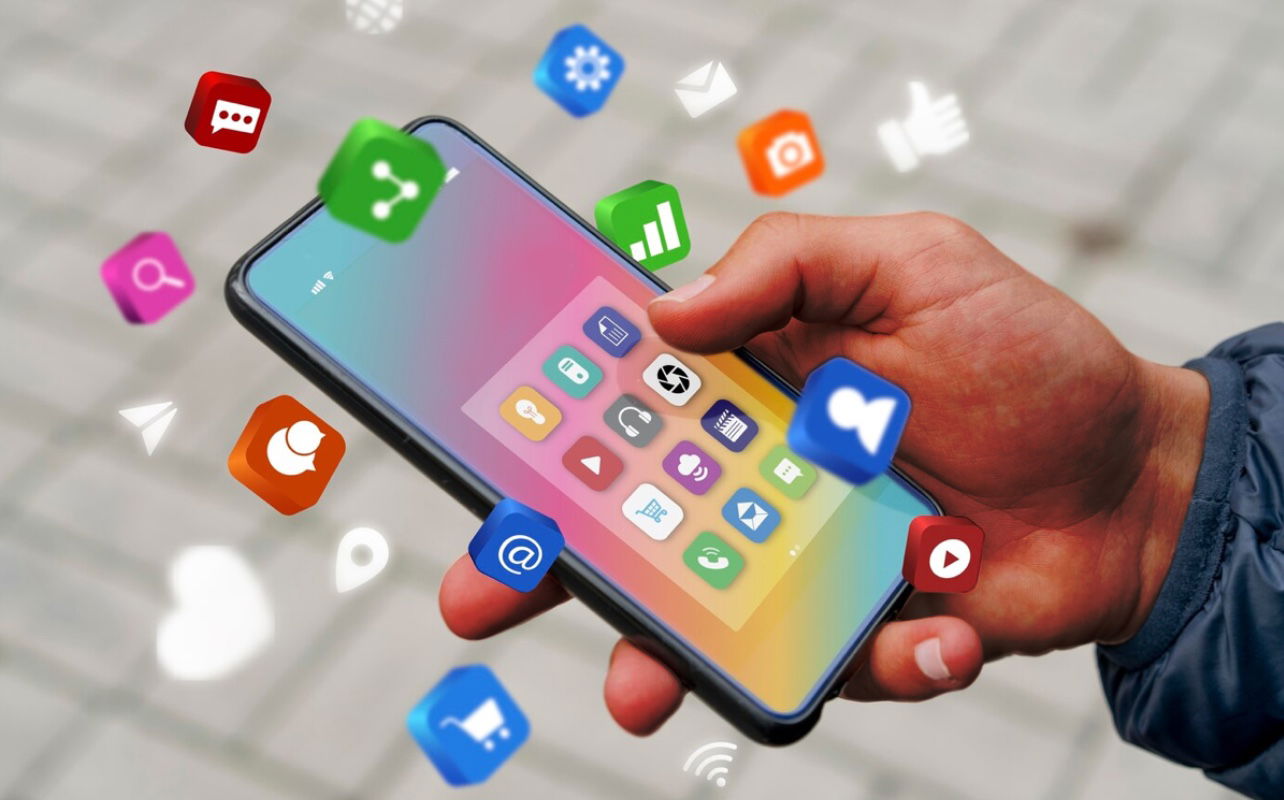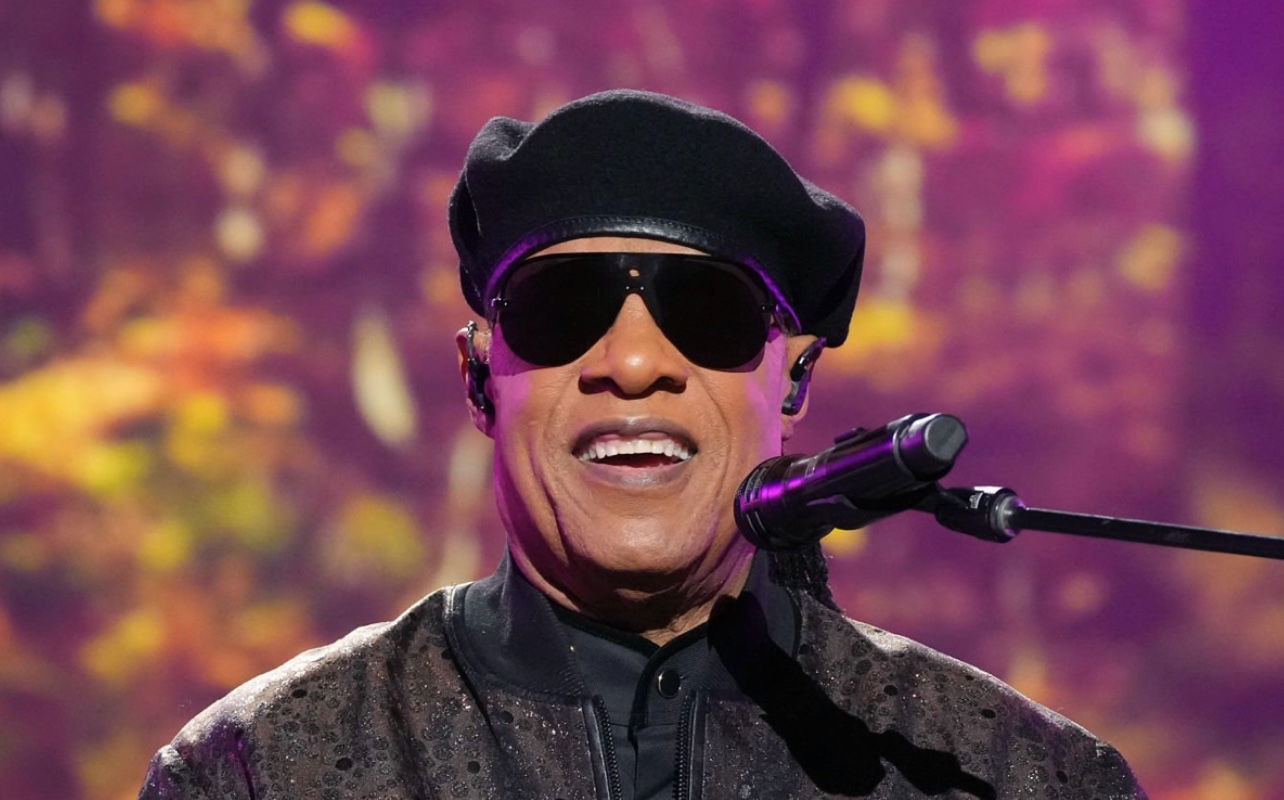
Gen Z workers are changing the workplace as we know it through the use of more virtual workplace tools like Slack in place of lengthy emails.
Gen Z workers are revolutionizing the culture around work, especially regarding communication, swapping out lengthy emails for short-form messaging and even adding an emoji or two along the way.
In a 2020 consulting firm Creative Strategies survey, Gmail ranked fourth on Gen Z’s list of collaboration tools, trailing platforms like iMessage, Google Docs, and Zoom. While these workers prefer faster forms of communication, they have also expressed fatigue from the number of emails cluttering their inboxes.
Another survey helmed by Babbel, a language-learning platform, discovered that “Gen Z workers considered the volume of work emails they receive stressful.” Moreover, 36% of this group admit to having over 1,000 unread emails in their inbox.
When Gen Z workers respond to emails in the workplace, they put their twists on the messages to make things feel less strict. It is common for this generation of employees to include everything from memes to abbreviations, emojis, and even slang when communicating while on the clock.
“Their response to this email just said, ‘Hey boss, let’s f’in go,’” said Liz Giorgi, CEO of e-commerce content creation platform Soona. She says after hiring one Gen Z worker at her company, she was shocked by how they communicated professionally.
“I would be lying if there wasn’t like a moment where I thought, ‘Oh God, should I have hired this person?’” she said. “But in retrospect now, I’ve come to realize [Gen Z] wears their emotions on my sleeve, and they were really excited in that moment.”
According to the Pew Research Center, anyone born after 1997 is considered to fall into the Gen Z category. In 2018, the company decided to use 1996, “the last birth year for Millennials, for our future work.”
Giorgi also blames their approach to communication on the influx of messages that Gen Z workers are subject to by way of virtual work tools like Microsoft Teams or Slack.
“The Slack-ification of work, which is a much more informal kind of communication, has bled into our email style and reduced the intensity,” she explained.
What’s more, a current TikTok trend is exposing the way that Gen Z workers sign off on emails, which is almost just as informal as the way that they communicate via the aforementioned virtual workplace tools.
Young workers are ending emails with phrases like “Lukewarm regards,” “Bless up,” and “Another day, another slay,” according to the viral TikTok clips.
For HR consultant Kate Walker, the shortened messages and slang may be funny when shared on social media, but does not change the fact that there is still a duty to “effectively communicate” in a work setting.
“There is a desire to be efficient and a little more informal. I can appreciate that,” said Walker. “But you also want to make sure that the reader or the hiring manager can comprehend what’s being said.”
She also adds, “Suppose there’s a legal issue and there’s a request for documents. You’re in the courtroom, and you see emojis and abbreviations. I don’t know if that’s going to be the best look.”
When people quickly had to adapt from working at home during the 2020 COVID-19 pandemic, the culture of the workplace shifted forever. In addition to Gen Z workers’ love of a shorter, wittier form of communication via email or by way of virtual workplace tools, many companies have even shifted the attire that employees are required to adhere to in professional settings.
A Gallup poll confirms that only 3% of workers still wear business professional attire to the office, which means it may only be a matter of time before the ways workers are expected to communicate via email could undergo some changes.
RELATED CONTENT: A Fresh Approach To Gen Z Career Development



 1 month ago
105
1 month ago
105

















